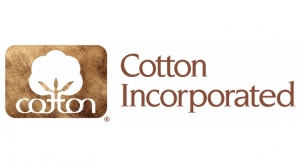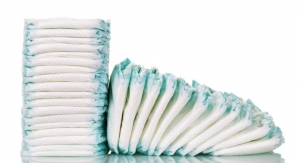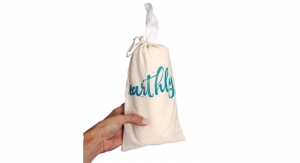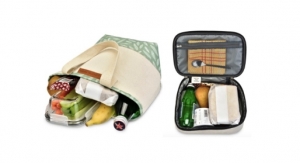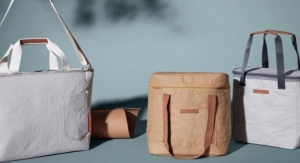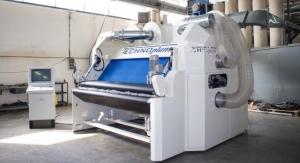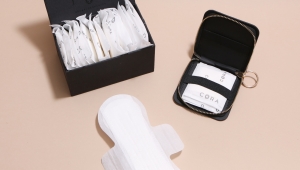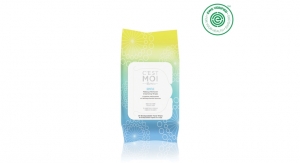As the global disposable wipes market has been seeing considerable growth, consumers are calling for calls from consumers for ingredient transparency and enhanced functionality are now also on the rise. According to a Reportlinker study, growing consumer demand for naturally sourced, gentle and environmentally friendly products contributes to the premiumization of the disposable wipes market. The eco-friendly aspect enhances the competitiveness of biodegradable wipes against traditional personal care and cleaning products, such as reusable cloth. While more consumers are looking for functional biodegradable and natural products, brands are also finding ways to ensure product performance and secure competitiveness in the market.
A brand’s competitive edge in wipes comes from high performance products that consistently ensure cleanliness. Therefore, brands consider strength, absorbency and touch as well as additional properties like biodegradability when choosing fibers. Wood-based cellulosic fibers represent a strong alternative to synthetic fibers, not only due to their performance but also because of the call from consumers for more sustainable, biodegradable products which help to preserve the environment.
Naturally Absorbent, Gentle to Touch and Biodegradable
A large proportion of wipes on the market uses synthetic fibers because they are strong and tear resilient. However, these fibers lack absorbent qualities and are non-biodegradable.
Wood-based cellulosic fibers, on the other hand, are naturally absorbent. Their natural structure enables them to take up moisture into the inner fiber structure, which allows the final product – such as a disposable wipe – to hold more liquid, and hence clean surfaces very effectively and gently.
Excellent embossing characteristics lead to permanent structures in both wet and dry state, further enhancing the performance of wipes in terms of liquid absorption and cleaning properties. On top of that, regenerated cellulosic fibers are biodegradable, soft in touch and gentle on skin.
Tailoring Wipes According to the Market’s Needs
In addition to performance, brands are looking for sustainable products that can be customized for different end applications. For instance, the new Lenzing Eco Lace technology opens a way to process lyocell shortcut fibers and wood pulp into 100% cellulosic wipes, where strength and tear resistance in both dry and wet state can be adjusted. The wetlay processing stage constructs randomized orientation in the substrate of the fibers, creating balanced tear resistance in all directions. As a result, wet wipes produced under such technology will not stretch excessively when pulled out of packages, as it often occurs with common carded-spunlace substrates. Final product strength can be adjusted through the pressure applied during the second part of the process – hydroentangling, enabling the manufacture of nonwovens suitable even for heavy duty industrial applications.
Choosing the Right Fibers
Having in mind that consumer habits are forever changing, paying attention to the sustainability of raw materials used in nonwoven products is increasingly important. Shifting one’s product pipeline towards more natural and eco-friendly materials will likely enhance product appeal, thus opening up opportunities for manufacturers, brands and retailers. Constant innovation and addressing of sustainable needs will prompt the whole supply chain to adapt to changing consumer trends and drive the circular economy movement forward.
Opting to be more sustainable does not mean a compromise on quality or performance. Thanks to the development of new technologies, fabrics and wipes can now be tailored for specific purposes, addressing the needs of consumers. Whilst advocating for a greener planet, 100% biodegradable cellulose fibers can now be utilized in more high-performance nonwoven applications.


